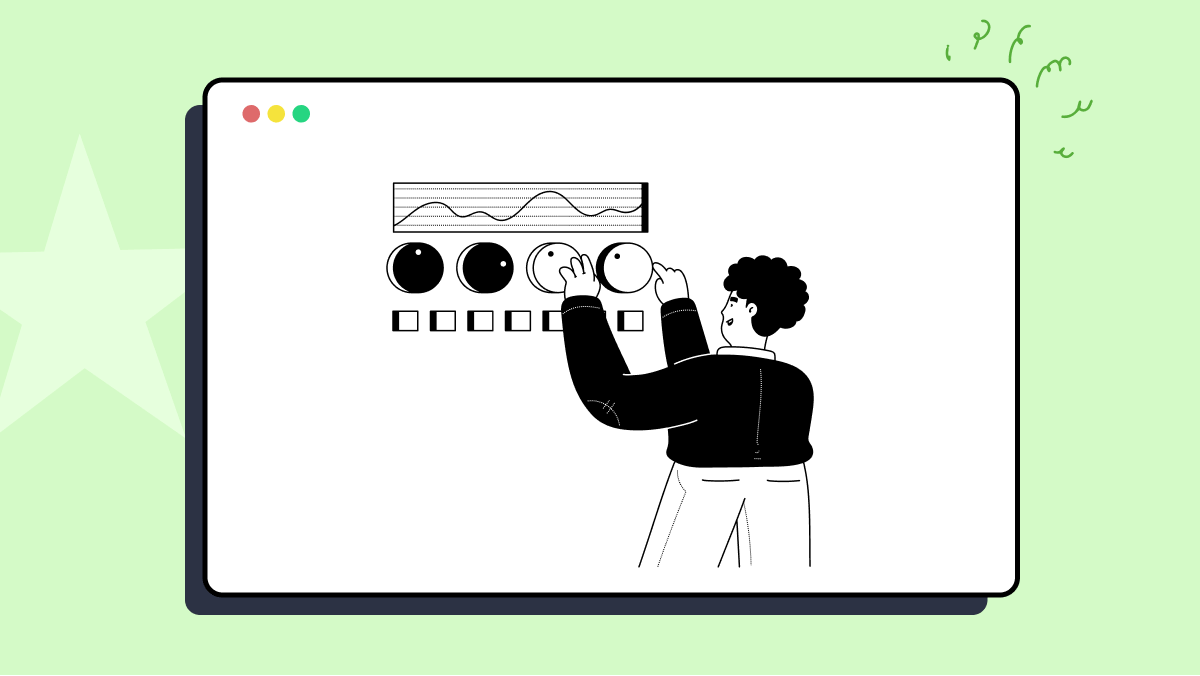How to use to_pandera_column method in pandera
Best Python code snippet using pandera_python
io.py
Source: io.py
...487 This currently returns ``False`` for all fields within a frictionless488 schema.489 """490 return False491 def to_pandera_column(self) -> Dict:492 """Export this field to a column spec dictionary."""493 return {494 "checks": self.checks,495 "coerce": self.coerce,496 "nullable": self.nullable,497 "unique": self.unique,498 "dtype": self.dtype,499 "required": self.required,500 "name": self.name,501 "regex": self.regex,502 }503def from_frictionless_schema(504 schema: Union[str, Path, Dict, FrictionlessSchema]505) -> DataFrameSchema:506 # pylint: disable=line-too-long507 """Create a :class:`~pandera.schemas.DataFrameSchema` from either a508 frictionless json/yaml schema file saved on disk, or from a frictionless509 schema already loaded into memory.510 Each field from the frictionless schema will be converted to a pandera511 column specification using :class:`~pandera.io.FrictionlessFieldParser`512 to map field characteristics to pandera column specifications.513 :param schema: the frictionless schema object (or a514 string/Path to the location on disk of a schema specification) to515 parse.516 :returns: dataframe schema with frictionless field specs converted to517 pandera column checks and constraints for use as normal.518 :example:519 Here, we're defining a very basic frictionless schema in memory before520 parsing it and then querying the resulting521 :class:`~pandera.schemas.DataFrameSchema` object as per any other Pandera522 schema:523 >>> from pandera.io import from_frictionless_schema524 >>>525 >>> FRICTIONLESS_SCHEMA = {526 ... "fields": [527 ... {528 ... "name": "column_1",529 ... "type": "integer",530 ... "constraints": {"minimum": 10, "maximum": 99}531 ... },532 ... {533 ... "name": "column_2",534 ... "type": "string",535 ... "constraints": {"maxLength": 10, "pattern": "\\S+"}536 ... },537 ... ],538 ... "primaryKey": "column_1"539 ... }540 >>> schema = from_frictionless_schema(FRICTIONLESS_SCHEMA)541 >>> schema.columns["column_1"].checks542 [<Check in_range: in_range(10, 99)>]543 >>> schema.columns["column_1"].required544 True545 >>> schema.columns["column_1"].unique546 True547 >>> schema.columns["column_2"].checks548 [<Check str_length: str_length(None, 10)>, <Check str_matches: str_matches(re.compile('^\\\\S+$'))>]549 """550 if not isinstance(schema, FrictionlessSchema):551 schema = FrictionlessSchema(schema)552 assembled_schema = {553 "columns": {554 field.name: FrictionlessFieldParser(555 field, schema.primary_key556 ).to_pandera_column()557 for field in schema.fields558 },559 "index": None,560 "checks": None,561 "coerce": True,562 "strict": True,563 # only set dataframe-level uniqueness if the frictionless primary564 # key property specifies more than one field565 "unique": (566 None if len(schema.primary_key) == 1 else list(schema.primary_key)567 ),568 }...Blogs
Check out the latest blogs from LambdaTest on this topic:
As a developer, checking the cross browser compatibility of your CSS properties is of utmost importance when building your website. I have often found myself excited to use a CSS feature only to discover that it’s still not supported on all browsers. Even if it is supported, the feature might be experimental and not work consistently across all browsers. Ask any front-end developer about using a CSS feature whose support is still in the experimental phase in most prominent web browsers. ????
Pair testing can help you complete your testing tasks faster and with higher quality. But who can do pair testing, and when should it be done? And what form of pair testing is best for your circumstance? Check out this blog for more information on how to conduct pair testing to optimize its benefits.
Companies are using DevOps to quickly respond to changing market dynamics and customer requirements.
Agile project management is a great alternative to traditional methods, to address the customer’s needs and the delivery of business value from the beginning of the project. This blog describes the main benefits of Agile for both the customer and the business.
Automation Testing Tutorials
Learn to execute automation testing from scratch with LambdaTest Learning Hub. Right from setting up the prerequisites to run your first automation test, to following best practices and diving deeper into advanced test scenarios. LambdaTest Learning Hubs compile a list of step-by-step guides to help you be proficient with different test automation frameworks i.e. Selenium, Cypress, TestNG etc.
LambdaTest Learning Hubs:
- JUnit Tutorial
- TestNG Tutorial
- Webdriver Tutorial
- WebDriverIO Tutorial
- Protractor Tutorial
- Selenium 4 Tutorial
- Jenkins Tutorial
- NUnit Tutorial
- Jest Tutorial
- Playwright Tutorial
- Cypress Tutorial
- PyTest Tutorial
YouTube
You could also refer to video tutorials over LambdaTest YouTube channel to get step by step demonstration from industry experts.
Try LambdaTest Now !!
Get 100 minutes of automation test minutes FREE!!



